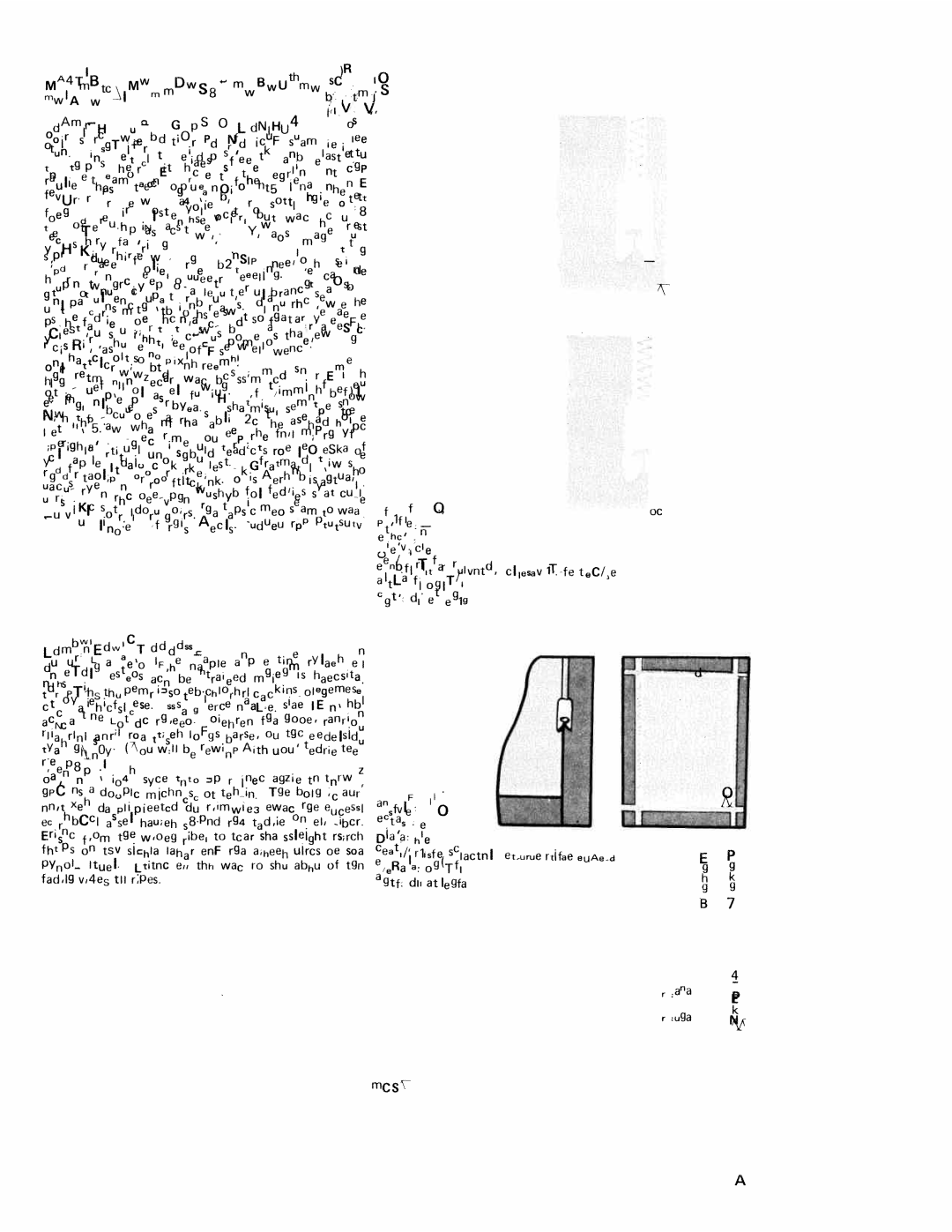1570 specifications
White 1570 is a versatile and powerful agricultural tractor known for its exceptional performance within the farming community. Designed and manufactured during the late 20th century, the White 1570 model combines modern technology with robust engineering, making it a preferred choice for various agricultural tasks.One of the standout features of the White 1570 is its impressive engine. The tractor is equipped with a durable, fuel-efficient diesel engine that typically delivers around 70 horsepower. This power enables operators to handle demanding tasks such as plowing, harvesting, and heavy towing with ease. The engine's design also emphasizes reliability, ensuring that farmers can depend on their equipment for consistent performance in the field.
The White 1570 also excels in its drivetrain technology. It utilizes a smooth-shifting hydrostatic transmission which allows for seamless power delivery and improved control, particularly when navigating uneven terrain. This transmission system is particularly beneficial for tasks that require precision, as it allows for variable speed settings without the need for frequent gear changes. Furthermore, the innovative design of the hydraulic system enhances lifting capabilities, making it easier to attach and operate various implements.
Another noteworthy characteristic of the White 1570 is its exceptional comfort and usability. The operator's station is designed for ease of use, featuring ergonomic controls and ample legroom. This focus on operator comfort helps reduce fatigue during long hours of work, thereby improving productivity. Additionally, the tractor’s visibility is optimized, allowing users to have a clear view of their surroundings, which is vital when working in tight spaces or busy agricultural settings.
The White 1570 is also recognized for its durability and construction quality. With a heavy-duty frame and robust components, this tractor is built to withstand the rigors of agricultural life. Whether it’s enduring tough weather conditions or handling rough field surfaces, the White 1570 remains a dependable workhorse.
In conclusion, the White 1570 tractor is a formidable piece of equipment that blends power, technology, and comfort, making it an ideal choice for farmers looking to enhance their agricultural productivity. Its reliable performance, efficient drivetrain, and operator-friendly features set it apart as a significant asset in modern farming practices.

